French Fries: The Secret to the Perfect Crisp
Selection of the Right Type of Potato
The perfect French fries start with choosing the right type of potato. Choosing the right type of potato is an important step to ensure a final result that is crispy on the outside and soft on the inside. Different types of potatoes have varying starch and moisture content, which affects the texture and taste of French fries.
Potatoes that are high in starch, such as russet potatoes, are perfect for making French fries because of their high starch content and low moisture content. Russet potatoes make fries that are crispy on the outside with a soft, tender inside. In contrast, waxy potatoes, which have low starch content and high moisture, are better suited to dishes like potato salad because of their denser, moister texture.
After choosing the right type of potato, the next step is to make sure the potatoes are cut to a uniform size. Uniform cuts will ensure the potatoes cook evenly when frying. Before frying, soaking the potatoes in cold water for several hours or overnight can help reduce excess starch, so the fries will be crispier.
The frying process also affects the crispiness of French fries. Two-stage frying is a technique commonly used by professionals. In the first stage, the potatoes are fried in oil at a lower temperature to cook the inside of the potato. After that, the potatoes are fried again in hotter oil to create a crispy outer layer.
In addition, after frying, the potatoes must be drained well to remove excess oil. Using paper towels or a wire rack can help keep the potatoes crispy.
By paying attention to choosing the right type of potato, cutting technique, and frying method, you can produce perfect French fries every time.
Techniques for Peeling and Cutting Potatoes
Producing perfect French fries depends not only on choosing the right type of potato, but also on the correct technique of peeling and cutting the potatoes. The right technique for peeling and cutting potatoes is key to ensuring they cook evenly and have the ideal texture.
To start, make sure you use a sharp knife and a good potato peeler. A sharp knife will make the cutting process easier and reduce the risk of accidents in the kitchen. A good potato peeler will help remove the skin from the potatoes easily and efficiently without removing too much potato flesh.
After peeling the potatoes, the next step is to cut the potatoes into uniform sizes. Uniform cuts are essential to ensure the potatoes cook evenly. The size of the cut can be adjusted to personal preference, whether you like thin fries like French fries or thicker cuts like steak fries.
A commonly used cutting technique is to cut the potatoes into long slices. First, cut the potatoes into large pieces. Then, cut each piece into slices of the desired thickness. To make sure all the pieces are the same size, you can use a special potato cutter that helps produce uniform pieces.
Additionally, soaking the potato slices in cold water for several hours or overnight can help remove excess starch, so the fries will be crispier. After soaking, make sure to dry the potatoes well before frying to avoid excessive oil splashes.
With the right technique for peeling and cutting potatoes, you can ensure that your fries have a texture that is crispy on the outside and soft on the inside. These precise techniques will help you achieve perfect results every time you make French fries at home.
Soaking Potatoes to Reduce Starch
Soaking potatoes to reduce starch is an important step in the process of making crispy French fries. The high starch content in potatoes can make the final result less crispy and more easily mushy. Therefore, reducing starch by soaking is a technique widely used by culinary experts.
Once the potatoes are peeled and cut to a uniform size, the next step is to soak them in cold water. Cold water helps remove excess starch from the surface of the potatoes. You can soak potatoes for at least 30 minutes, but for best results, let them soak for several hours or even overnight in the refrigerator. The longer the potatoes soak, the more starch they can remove.
Make sure to change the soaking water several times if you soak the potatoes for a long time. This will ensure that any starch released from the potatoes doesn’t stick back together. After soaking is complete, rinse the potatoes with clean water to remove any remaining starch that may still be attached.
The next important step is to dry the potatoes well before frying. Wet potatoes will produce a lot of oil splatter when fried and can reduce crunchiness. You can use tissue paper or a clean cloth to pat the potatoes dry. Some people also use a wire rack to drain the water from the potatoes as much as possible.
By reducing the starch through soaking, you will get crispier, tastier fries. This technique is simple but effective, and it’s the secret behind restaurant-quality fries you can make at home. The result is fries that are crispy on the outside and soft on the inside, ready to be enjoyed as a snack or accompaniment to a main dish.
Tips to Avoid Greasy French Fries
Producing crispy fries without excessive oil is the goal of many home cooking enthusiasts. Tips for avoiding greasy French fries can help you enjoy this favorite snack with the perfect texture and delicious taste.
First, choosing the type of potato is very important. Use potatoes with a high starch content, such as russet potatoes. This type of potato has low humidity so it doesn’t absorb a lot of oil during the frying process.
The next step is to soak the cut potatoes in cold water. Soak for at least 30 minutes or longer to remove excess starch. The reduced starch will make the fries crispier and less oily. After soaking, make sure the potatoes are dried well. Use paper towels or a clean cloth to pat the potatoes completely dry before frying.
When frying, make sure the oil reaches the right temperature, around 175-180°C. Oil that is too cold will cause the potatoes to absorb more oil, while oil that is too hot can cause the outside of the potatoes to burn quickly but the inside is not yet cooked. Use a kitchen thermometer to accurately monitor the oil temperature.
Frying potatoes in two batches can also help reduce the oil content. In the first stage, fry the potatoes in oil at a lower temperature (around 160°C) until the potatoes are half cooked. Remove and drain, then let sit for a few minutes. In the second stage, fry the potatoes again in hot oil (175-180°C) until golden yellow and crispy.
After frying, drain the potatoes well. Use a wire rack so excess oil can drip off and the potatoes stay crispy. Avoid stacking fries because the hot steam can make them soggy and oily.



